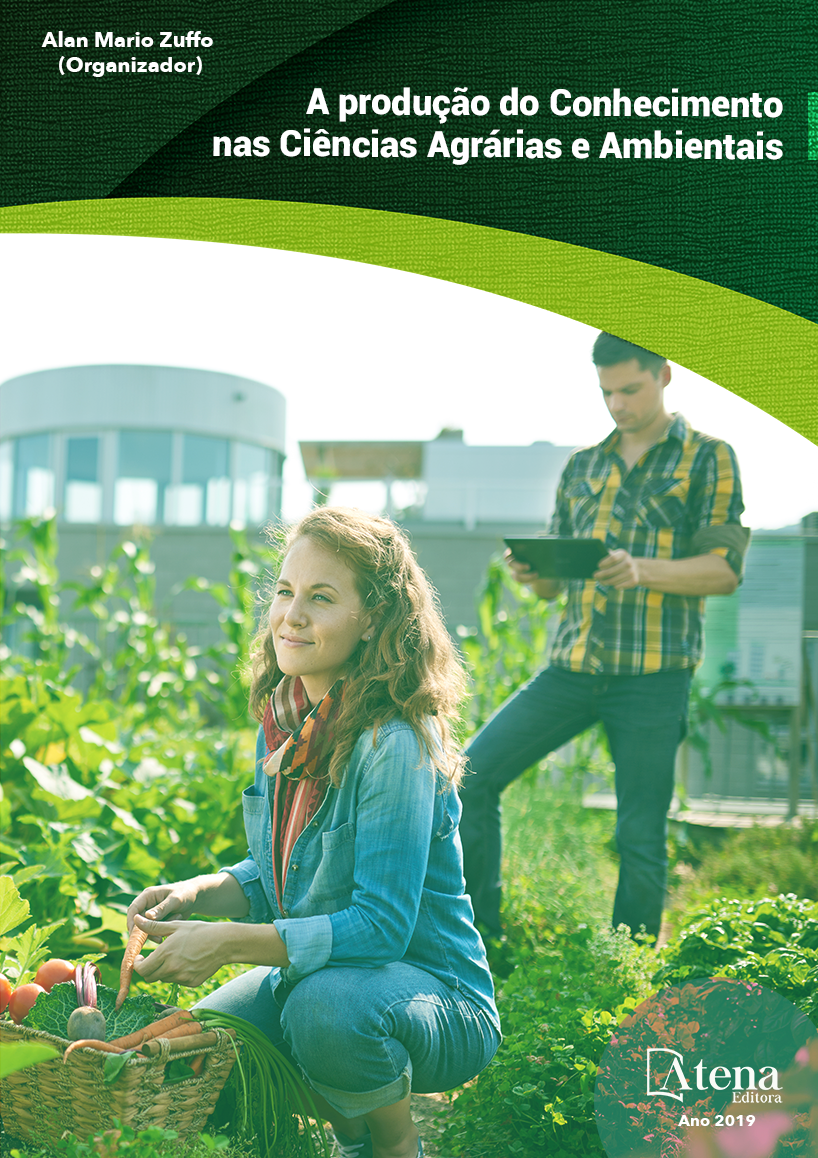
ANÁLISE MICROBIOLÓGICA DE LINGUIÇAS FRESCAIS SUÍNAS COMERCIALIZADAS NO MUNICÍPIO DE PELOTAS-RS
As linguiças constituem os derivados
cárneos fabricados em maior quantidade no
Brasil. As do tipo “frescal” apresentam alta
atividade de água e não são submetidas ao
tratamento térmico sendo mais susceptíveis
a contaminação microbiana. Dentre os microorganismos indicadores e patogênicos que
podem estar presentes em linguiças, caso
aconteçam falhas que permitam a contaminação
microbiológicas, estão Staphylococcus aureus,
que possui a capacidade de produzir toxinas
termo resistentes (enterotoxinas), podendo
causar intoxicação alimentar poucas horas após
a ingestão do alimento contaminado e Listeria
monocytogenes que é o agente causador da
listeriose, uma infecção alimentar associada
a alta taxa de mortalidade, afetando de forma
mais grave idosos, crianças, recém-nascidos
e indivíduos imunocomprometidos. Diante do
exposto, o objetivo deste trabalho foi avaliar a
qualidade microbiológica de linguiças frescais
suínas provenientes do comércio local da
cidade de Pelotas-RS através da quantificação
de Staphylococcus coagulase positiva e da
pesquisa de L. monocytogenes. Verificou-se
a ausência de Listeria monocytogenes nas
amostras, e um alto percentual de amostras com
quantificação de Staphylococcus coagulase
positiva acima do limite máximo permitido pela
legislação brasileira.
ANÁLISE MICROBIOLÓGICA DE LINGUIÇAS FRESCAIS SUÍNAS COMERCIALIZADAS NO MUNICÍPIO DE PELOTAS-RS
-
DOI: 10.22533/at.ed.8451926046
-
Palavras-chave: Linguiças frescais, Staphylococcus aureus, Listeria monocytogenes
-
Keywords: Fresh sausages, Staphylococcus aureus, Listeria monocytogenes.
-
Abstract:
The sausages constitute meat products manufactured in greater quantity
in Brazil. The “fresh” type have high water activity and are not subjected to heat treatment
being more susceptible to microbial contamination. Among the microorganisms that
are indicative and pathogenic that may be present in sausages, if microbiological
contamination occurs, there are Staphylococcus aureus, which has the capacity to
produce thermostable toxins (enterotoxins), which can cause food poisoning within a
few hours after ingestion of the contaminated food and Listeria monocytogenes which
is the causative agent of listeriosis, a food infection associated with a high mortality
rate, affecting more severely elderly, infants, newborns and immunocompromised
individuals. In view of the above, the objective of this work was to evaluate the
microbiological quality of fresh pork sausages from the local commerce of the city of
Pelotas-RS through the quantification of coagulase positive Staphylococcus and the
research of L. monocytogenes. The absence of Listeria monocytogenes in the samples
was verified, and a high percentage of samples with quantification of coagulase positive
Staphylococcus above the maximum limit allowed by Brazilian legislation.
-
Número de páginas: 15
- Pâmela Inchauspe Corrêa Alves
- Letícia Zarnott Lages
- Eliezer Avila Gandra
- Tatiane Kuka Valente Gandra


